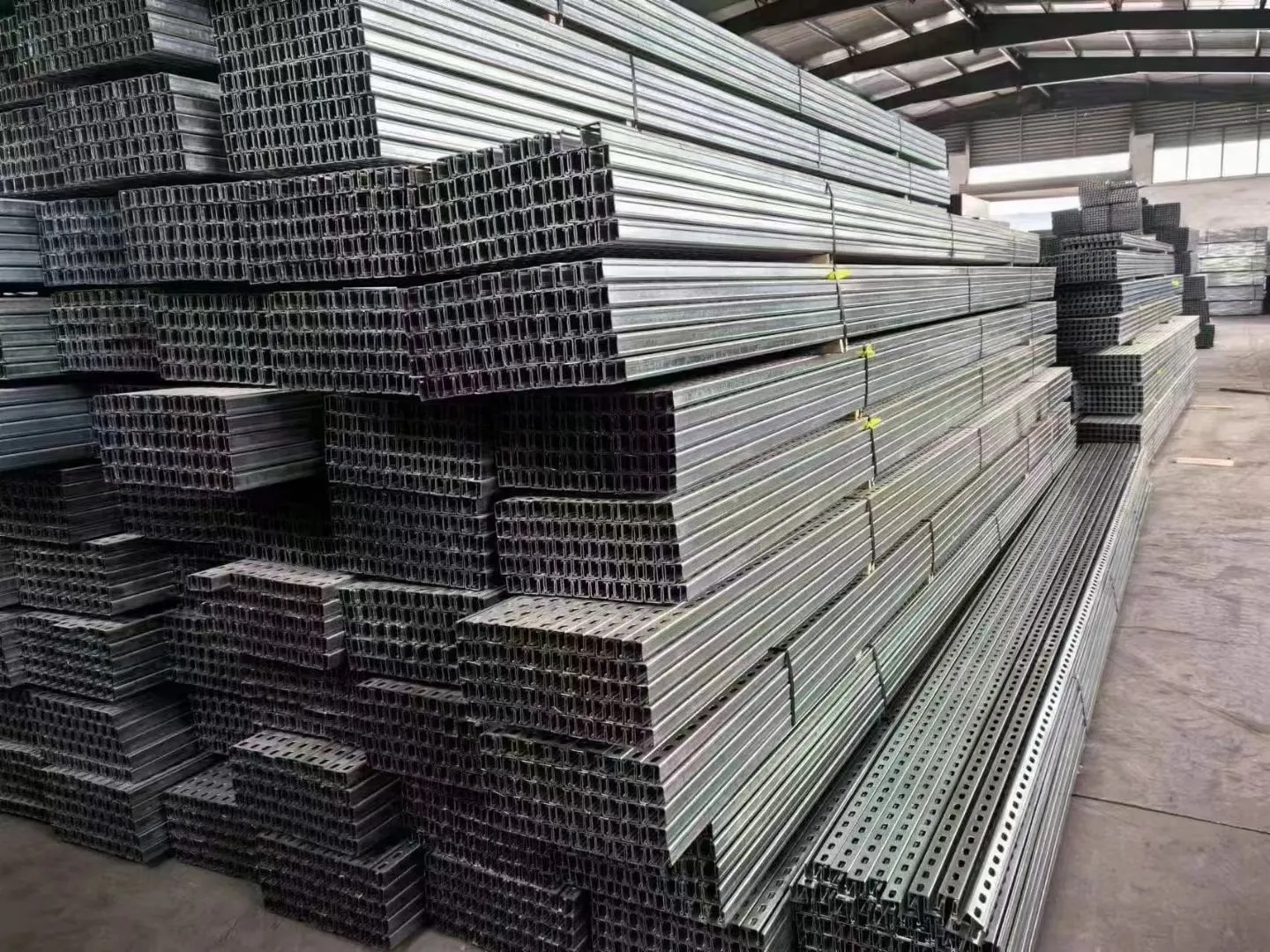

Installation of Self-Tapping Screws in Cast Iron Applications and Techniques.
Dec . 14, 2024 06:30 Back to list
Installation of Self-Tapping Screws in Cast Iron Applications and Techniques.
Understanding Self-Tapping Screws for Cast Iron Applications
When working with cast iron, one may encounter various challenges, particularly in the fastening and assembly processes. Cast iron, known for its excellent castability and strength, is widely used in manufacturing components such as engine blocks, pipes, and machine bases. However, when it comes to fastening mechanisms, traditional screws may not always be the best choice. This is where self-tapping screws come into play.
What are Self-Tapping Screws?
Self-tapping screws are specialized fasteners designed to create their own mating thread as they are driven into a material. Unlike standard screws that require a pre-tapped hole, self-tapping screws can cut into the substrate—be it metal, wood, or plastic—allowing for a secure fit. This characteristic is particularly beneficial when working with cast iron due to its dense and brittle properties.
Advantages of Using Self-Tapping Screws in Cast Iron
1. Efficiency Self-tapping screws can significantly reduce installation time. Since they eliminate the need for pre-drilling, workers can quickly assemble components, making the manufacturing process more efficient.
2. Strong Grip The unique thread design of self-tapping screws allows them to achieve a firm grip in cast iron. This is crucial for maintaining joint integrity under heavy loads or vibrations often encountered in mechanical applications.
3. Accessibility In many cases, it may not be feasible to access areas for pre-drilling, especially in tight spaces. Self-tapping screws facilitate assembly in hard-to-reach locations, providing flexibility on the job site.
4. Variety of Designs Self-tapping screws come in various sizes and thread types, allowing engineers and designers to choose the right fastener for their specific application. Different designs cater to different load requirements and environmental conditions.
self tapping screws into cast iron

Considerations When Using Self-Tapping Screws in Cast Iron
While self-tapping screws offer many advantages, certain considerations should be made when using them with cast iron
1. Choosing the Right Type It is paramount to select the appropriate self-tapping screw for the specific cast iron application. For instance, screws with finer threads can provide better purchase in brittle materials, while coarser threads might be more suitable for softer cast iron.
2. Torque Control Applying excessive torque can lead to cracking or fracturing of cast iron. It’s essential to use the correct torque settings and reduce speed during installation to minimize the risk of damaging the material.
3. Material Consideration Not all self-tapping screws are made equal. When fastening into cast iron, it’s advisable to use screws made from harder materials, such as stainless steel or high-carbon steel, to enhance durability and resistance to wear and corrosion.
4. Pre-drilling Although self-tapping screws are designed to eliminate pre-drilling, in some cases, a pilot hole may still be beneficial to guide the screw and reduce the risk of cracking in more brittle cast iron components.
Conclusion
Incorporating self-tapping screws into cast iron applications can transform the way components are assembled, providing efficiency, strength, and versatility. However, careful consideration must be given to the selection of the screw, torque application, and overall installation approach. When used correctly, self-tapping screws can create robust and reliable connections in cast iron, making them an invaluable fastener choice in various engineering and manufacturing fields. Understanding these nuances ensures that projects run smoothly and meet quality standards.
Latest news
-
Hot Dip Galvanized Bolts-About LongZe|High Strength, Corrosion Resistance
NewsJul.30,2025
-
High-Strength Hot Dip Galvanized Bolts - Hebei Longze | Corrosion Resistance, Customization
NewsJul.30,2025
-
Hot Dip Galvanized Bolts-Hebei Longze|Corrosion Resistance&High Strength
NewsJul.30,2025
-
High-Strength Hot-Dip Galvanized Bolts-Hebei Longze|Corrosion Resistance&High Strength
NewsJul.30,2025
-
Hot Dip Galvanized Bolts-Hebei Longze|Corrosion Resistance&High Strength
NewsJul.30,2025
-
Hot Dip Galvanized Bolts - Hebei Longze | Corrosion Resistance, High Strength
NewsJul.30,2025

